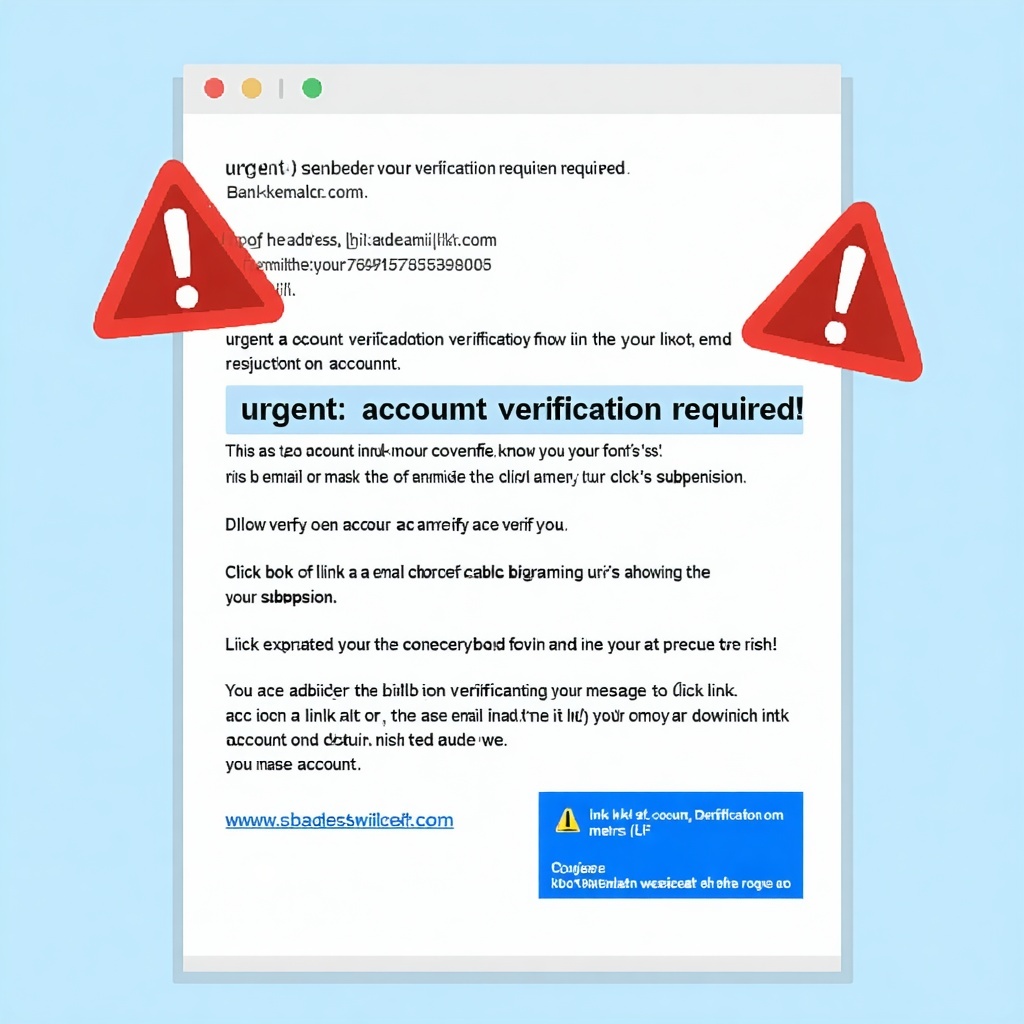
Top 10 Cybersecurity Threats to Watch in 2025
Introduction:
As technology continues to evolve at a rapid pace, so do the strategies and tools used by cybercriminals. In 2025, the cybersecurity landscape is expected to face more complex and targeted threats than ever before. From AI-driven attacks to deepfake scams, it’s crucial for individuals and organizations to stay informed and proactive. Here are the top 10 cybersecurity threats you should be watching closely this year.
1. Rise of AI-Powered Phishing Attacks
Artificial Intelligence is now being weaponized to automate and enhance phishing campaigns. Attackers use AI to mimic writing styles, personalize messages, and bypass spam filters—making phishing emails harder to detect. These emails can appear eerily convincing, often impersonating colleagues, executives, or trusted brands.
How to Protect Yourself:
-
Use AI-based email filters
-
Educate employees with regular phishing simulations
-
Always verify email authenticity before clicking links
2. Deepfake Scams Targeting Businesses
Deepfake technology has advanced to a level where cybercriminals can create realistic audio and video of executives to manipulate employees or partners. In 2025, we’re seeing deepfakes used in social engineering attacks—such as fake video calls requesting wire transfers or sensitive access.
Defense Tips:
-
Implement strict verification protocols
-
Use biometric authentication and secondary approvals
-
Train staff to recognize manipulation signs in video/audio
3. Supply Chain Attacks and Vendor Vulnerabilities
Rather than attacking a target directly, hackers are compromising vendors or third-party services to gain indirect access. The complexity of modern supply chains makes it easier for attackers to find weak points.
Prevention Strategies:
-
Conduct thorough vendor risk assessments
-
Use endpoint detection and response (EDR) solutions
-
Require compliance from partners and suppliers
4. Insider Threats with Advanced Social Engineering
Not all threats come from outside. Disgruntled employees or those manipulated by external actors can cause significant harm. With more employees working remotely, attackers are using social engineering to exploit internal trust.
Protective Measures:
-
Limit access based on role
-
Monitor user behavior and access logs
-
Encourage a transparent culture to report suspicious activity
5. IoT Vulnerabilities in Smart Homes and Offices
The Internet of Things (IoT) has made life more convenient, but also more vulnerable. From smart thermostats to connected security cameras, each device can be a potential entry point for hackers if not properly secured.
Mitigation Steps:
-
Regularly update device firmware
-
Change default credentials immediately
-
Segment IoT devices on a separate network
6. Mobile Malware Targeting Financial Apps
With the growth of mobile banking, attackers are increasingly targeting financial apps through trojans, fake apps, and spyware. Users often unknowingly download malicious apps disguised as legitimate tools.
How to Stay Safe:
-
Download apps only from official stores
-
Use mobile security software
-
Enable biometric and 2FA on banking apps
7. Ransomware-as-a-Service (RaaS) Growth
Ransomware is evolving from targeted attacks into a full-blown industry. With RaaS, even amateur hackers can rent ransomware kits to extort victims. This accessibility is causing a surge in global ransomware incidents.
Defense Recommendations:
-
Back up data regularly and securely
-
Use robust endpoint protection
-
Train employees not to click on suspicious links or attachments
8. Cloud Misconfigurations and Data Leaks
As businesses migrate to the cloud, misconfigured servers and storage buckets have become a major risk. Unsecured databases are often discovered and exploited by attackers within hours of exposure.
Best Practices:
-
Perform regular cloud security audits
-
Use encryption for stored and transmitted data
-
Set up alerts for unauthorized access attempts
9. Attacks on Critical Infrastructure
Cyberattacks targeting utilities, healthcare systems, and transport networks are increasing. These attacks can disrupt entire regions and pose serious threats to public safety and national security.
Protection Plan:
-
Invest in industrial cybersecurity solutions
-
Collaborate with government threat intelligence units
-
Establish incident response and recovery protocols
10. Cyberwarfare and Nation-State Threats
Nation-state actors are leveraging cyber tools for espionage, sabotage, and economic disruption. These attacks are highly sophisticated and often fly under the radar for months.
How Organizations Can Respond:
-
Monitor for advanced persistent threats (APTs)
-
Share intelligence within industry networks
-
Implement layered security architecture
Final Thoughts: Staying One Step Ahead
2025 will be a defining year for cybersecurity. As threats grow more sophisticated and widespread, it’s critical to stay informed, invest in the right technologies, and promote a security-first culture. Whether you're an individual user or a business owner, being proactive rather than reactive can make all the difference.
Need help securing your systems or training your team?
Contact us today to get a personalized cybersecurity audit and expert recommendations.


